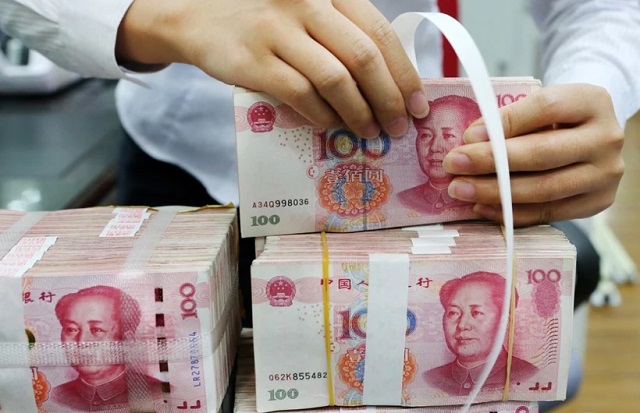
According to the official announcement, the 7-day reverse repo rate was cut by 10 basis points, dropping from 1.8% to 1.7%. This decision aims to encourage commercial banks to offer loans at more favorable rates, thereby providing a boost to the slowing economy.
Financial experts believe this action is designed to ensure economic growth for the remainder of the year, particularly in light of the slower GDP growth reported for the second quarter. Additionally, it anticipates potential interest rate cuts by the U.S. Federal Reserve.
Facing signs of decelerating growth and weakening consumer spending, China continues to implement policies to mitigate economic risks and stimulate consumption. Many analysts point to cautious household spending, driven by declining real estate prices and job instability, as a key factor in the current slowdown.
The last reduction in the 7-day reverse repo rate occurred in August of the previous year, accompanied by a cut in the standard 1-year interest rate—however, subsequent pressure to prevent the yuan from devaluing limited China’s ability to lower rates further.
China’s economy is currently experiencing its longest period of deflation since 1999, with prices falling for five consecutive quarters. This prolonged deflation means that real interest rates—nominal rates adjusted for inflation—remain high. Consequently, even modest interest rate cuts may not have a significant impact on economic activity.
By lowering interest rates, the central bank aims to stimulate lending and spending, hoping to counteract the deflationary pressures and support economic growth. As China navigates these economic challenges, the effectiveness of these measures remains to be seen.
Related
Source: Vietnam Insider
